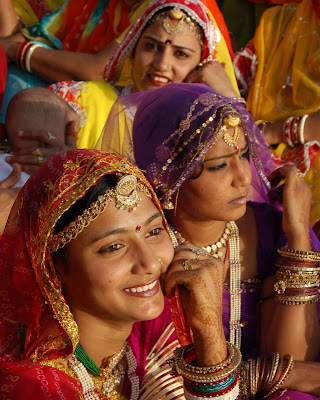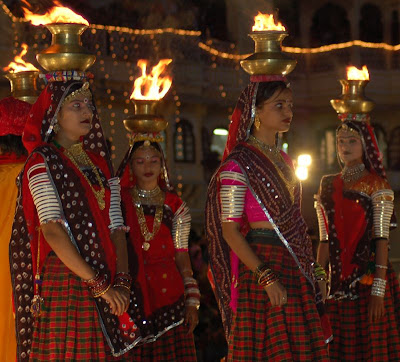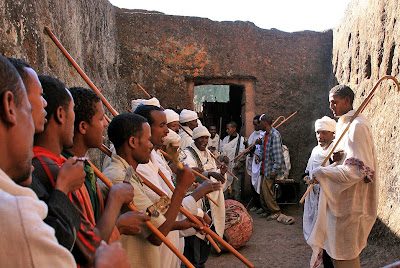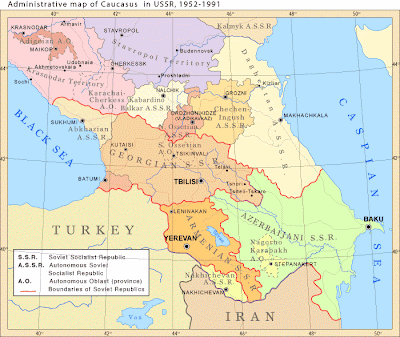 When in the first half of 1979 Carter’s hawkish former National Security Adviser Zbigniew Brzezinski designed the Afghan trap to the Soviets, he never dreamed with a further URSS collapse. He only wished to engage the soviet army in a kind of Viet Nam, meanwhile USA was going ahead in the gulf. That trap was code named "Operation Cyclone".
When in the first half of 1979 Carter’s hawkish former National Security Adviser Zbigniew Brzezinski designed the Afghan trap to the Soviets, he never dreamed with a further URSS collapse. He only wished to engage the soviet army in a kind of Viet Nam, meanwhile USA was going ahead in the gulf. That trap was code named "Operation Cyclone".So, six months before Soviets decided to invade Afghanistan, Pakistan, Saudi Arab and the CIA had begun to train mujahideen in neighbor Zia ul-Haq’s Pakistan. As much as the mujahideen are not so prone to have any deal with the "Big Satan", the Stingers, bucks and ammo were funneled to Gulbuddin Hekmayar through the ISI, the Pakistani Secret Services.(1),(2),(4)
The guy who provided the funds to the Robert M. Gates CIA's (from dec/18/2006 US Secretary of Defense) was drawn from the buckle of the Bible Belt, the D-TX Charlie Wilson, a beloved friend of the nicaraguan dictator "Tacho" Somoza, whilst the CIA put Gust Avrakotos(5) in the Pakistani side to distribute ammo and bucks.
Those mujahideen were mainly recruited from the Pashto tribes dwelling in the FATA (Federally Administred Tribal Areas) Pakistan's NW Frontier, but a minority of Arab mujahideen were trained so, in a group called Maktab al-Khadamat (MAK). And guess you who was between them? If you thought about Osama, yes, you’re right.
When the mujahideen that the CIA had trained began to fight in Afghanistan to spur the Soviets, then they had bitten the fishhook and invaded Afghanistan. Ten years later, they had to withdraw and two years later, the URSS plummeted.
Never Brzezinski dreamed so much. The trap’s main aim was only to distract and keep Soviets engaged in dealing with a vietnamese-like guerrillas. So, when he received such gift, he told Le Nouvelle Observateur: “To repent of what? This secret operation has been an excellent idea!”.
But you know how this tale ends: Pashto mujahideen turned into Taleban, Taleban into Osama, Osama into WTC, WTC into Northern Alliance, Northern Alliance into Karzai, and then USA and NATO forces seeking for a window on how to leave the Brzezinski’s “Russian” trap. Without scheduling a withdrawal, of course, but best if we can do it in ten minutes!
And where’s Brzezinski nowadays? Well, after writing a couple of “:” books, and chaired another couple of “Freedom Organisations”, then he retired and in 2006 he was engaged on signing a Fairfax County neighbors treaty on how a sidewalk should be done(3). I suggest he call it SALT IV.
Further readings:
1. "How Jimmy Carter and I Started the Mujahideen”, Interview of Zbigniew Brzezinski Le Nouvel Observateur (France), Jan 15-21, 1998, p. 76,
2. "Oui, la CIA est entrée en Afghanistan avant les Russes...” orginal interview (in french)
3. “Forever the Negotiator: Brzezinski in a Stalemate Over a Sidewalk”, The Washington Post, April 9, 2006,
4. "The Largest Covert Operation in CIA History", By Chalmers Johnson for LA Times
5. "CIA Agent Gust L. Avrakotos Dies at Age 67", By Patricia Sullivan for the Washington Post













